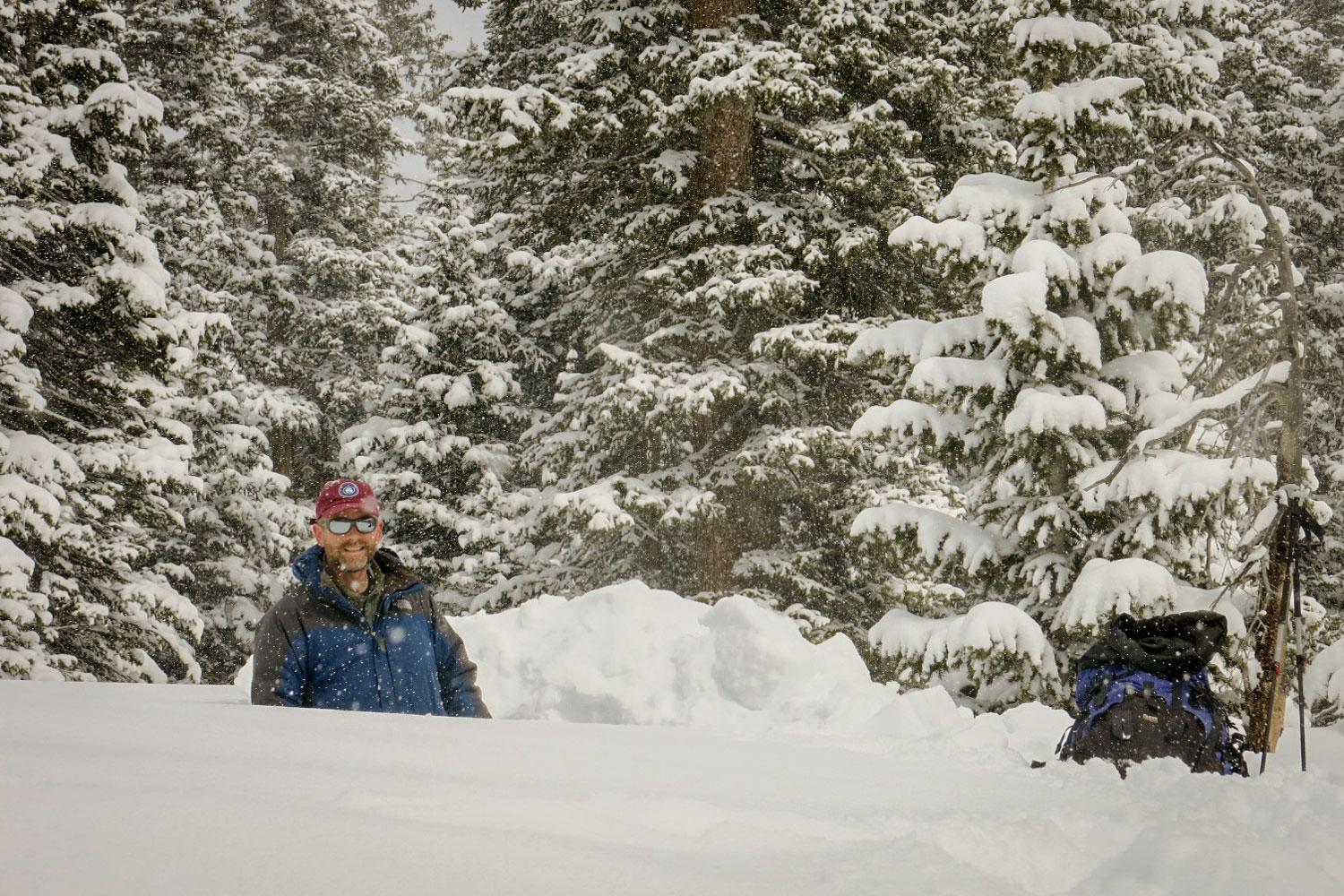
Jeff Derry, executive director of the Center for Snow and Avalanche Studies, tracks the amount of dust deposited on snow across the state. He and his assistants snowshoe and ski to 11 high country sites where they measure how much dust there is on the snow surface.
Dust pulls more solar energy into the snowpack, which is essentially a reservoir of water for managers across the West. In dusty years, snow melts earlier. The rate of runoff can increase substantially compared to low dust-on-snow years.
It’s important data for scientists across the West.
“In an extreme dust year, we can see the snowpack disappear on the order of 2 months early,” said research scientist Jeff Deems at the University of Colorado at Boulder’s National Snow and Ice Data Center.
Deems said dust on snow will become an important issue as the West moves toward a future with tighter water supplies.
“Demand is going up and it looks like supply is going down for a number of reasons,” said Deems. “We need to keep the snow on the mountain for as long as possible to allow that water to be available for use in the dry summer months. If it melts off [too early] then all we have are our surface reservoirs which don’t store that much [compared to the volume of water in the snowpack].”
Read More: Dust On Snow Controls Springtime River Rise In West (via CIRES)









